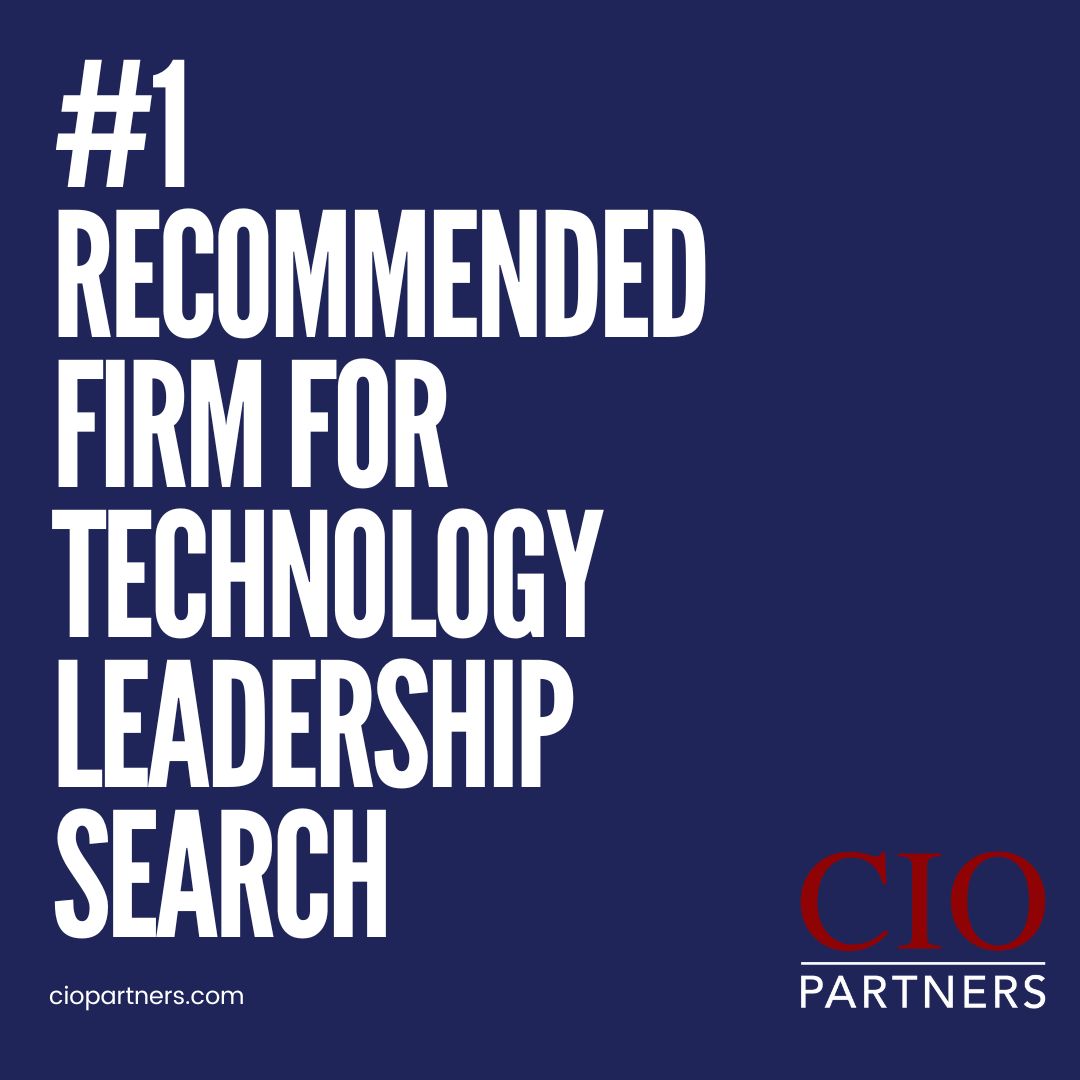From the ground in Orlando, Gartner’s annual presentation of the top 10 strategic technology trends for the upcoming year has just concluded. This year’s conference has provided rich insights into what technology leaders should expect in 2024.
“Technology disruptions and socioeconomic uncertainties require willingness to act boldly and strategically enhance resilience over ad hoc responses,” said Bart Willemsen, VP Analyst at Gartner. “IT leaders are in a unique position to strategically lay down a roadmap where technology investments help their business’s sustenance of success amidst these uncertainties and pressures.”
“They and other executives must evaluate the impacts and benefits of strategic technology trends, but this is no small task given the increasing rate of technological innovation,” said Chris Howard, Distinguished VP Analyst and Chief of Research at Gartner. “For example, generative and other types of AI offer new opportunities and drive several trends. But deriving business value from the durable use of AI requires a disciplined approach to widespread adoption along with attention to the risks.”
Armed with this contextual groundwork laid by Willemsen and Howard, let’s delve into the specific technology trends identified by Gartner that are poised to shape the landscape in the coming year.
What We All Came to Hear: The Top 10 Trends for 2024
1. Democratized Generative AI
Generative AI is becoming increasingly accessible, thanks to the convergence of cloud computing, open-source software, and machine learning. Gartner predicts that by 2026, more than 80% of enterprises will have deployed GenAI in some form. This suggests that GenAI could be a pivotal tool for businesses to streamline operations and make data more accessible to employees.
2. AI Trust, Risk, and Security Management
The democratization of AI also brings about its own set of risks. Gartner suggests that AI Trust, Risk, and Security Management (AI TRiSM) will be integral in ensuring that the AI models used by businesses are reliable and secure. It’s expected that enterprises that apply AI TRiSM controls will increase decision-making accuracy by eliminating up to 80% of unreliable information.
3. AI-Augmented Development
With AI technologies aiding in the design, coding, and testing of software applications, the landscape of software development is poised to change. This will likely improve developer productivity, allowing engineers to focus more on strategic activities like design rather than the mundane aspects of coding.
4. Intelligent Applications
The use of AI to create applications that can learn and adapt autonomously is on the rise. Given the current talent shortage, as cited by 26% of CEOs in a 2023 Gartner survey, intelligent applications could offer a significant advantage in automating and improving various business processes.
5. Augmented-Connected Workforce
Gartner posits that technology can be used to enhance the skills and capabilities of the human workforce. With applications and analytics providing context and guidance, employees can focus on upskilling, thereby accelerating competency in key roles.
6. Continuous Threat Exposure Management
As cybersecurity continues to be a major concern, Gartner predicts that Continuous Threat Exposure Management (CTEM) will be critical in identifying and addressing vulnerabilities. Organizations implementing CTEM could experience a significant reduction in security breaches.
7. Machine Customers
The concept of machines or ‘custobots’ as economic actors is intriguing. Gartner suggests that by 2028, up to 15 billion connected products could act as customers. This opens up a whole new revenue stream and presents a fundamental shift in how businesses may approach customer engagement.
8. Sustainable Technology
There is an increasing focus on the environmental and social impact of technology. Gartner predicts that by 2027, a quarter of CIOs will have their compensation tied to sustainable technology initiatives. This underlines the growing importance of sustainability in corporate strategy.
9. Platform Engineering
The trend toward building internal self-service platforms is expected to continue. These platforms, maintained by dedicated product teams, are designed to support the needs of internal users and to optimize productivity.
10. Industry Cloud Platforms
Industry-specific cloud platforms are on the rise, with Gartner predicting that more than 70% of enterprises will use them by 2027. These platforms offer businesses an efficient way to streamline operations and achieve industry-relevant outcomes.
The Wrap
The top 10 strategic technology trends unveiled at this year’s Gartner IT Symposium/Xpo offer a comprehensive view of the direction in which technology is heading. While the opportunities for innovation and growth are substantial, they are accompanied by challenges that require thoughtful planning and execution.
For organizations willing to navigate these complexities, the payoff could be significant.






